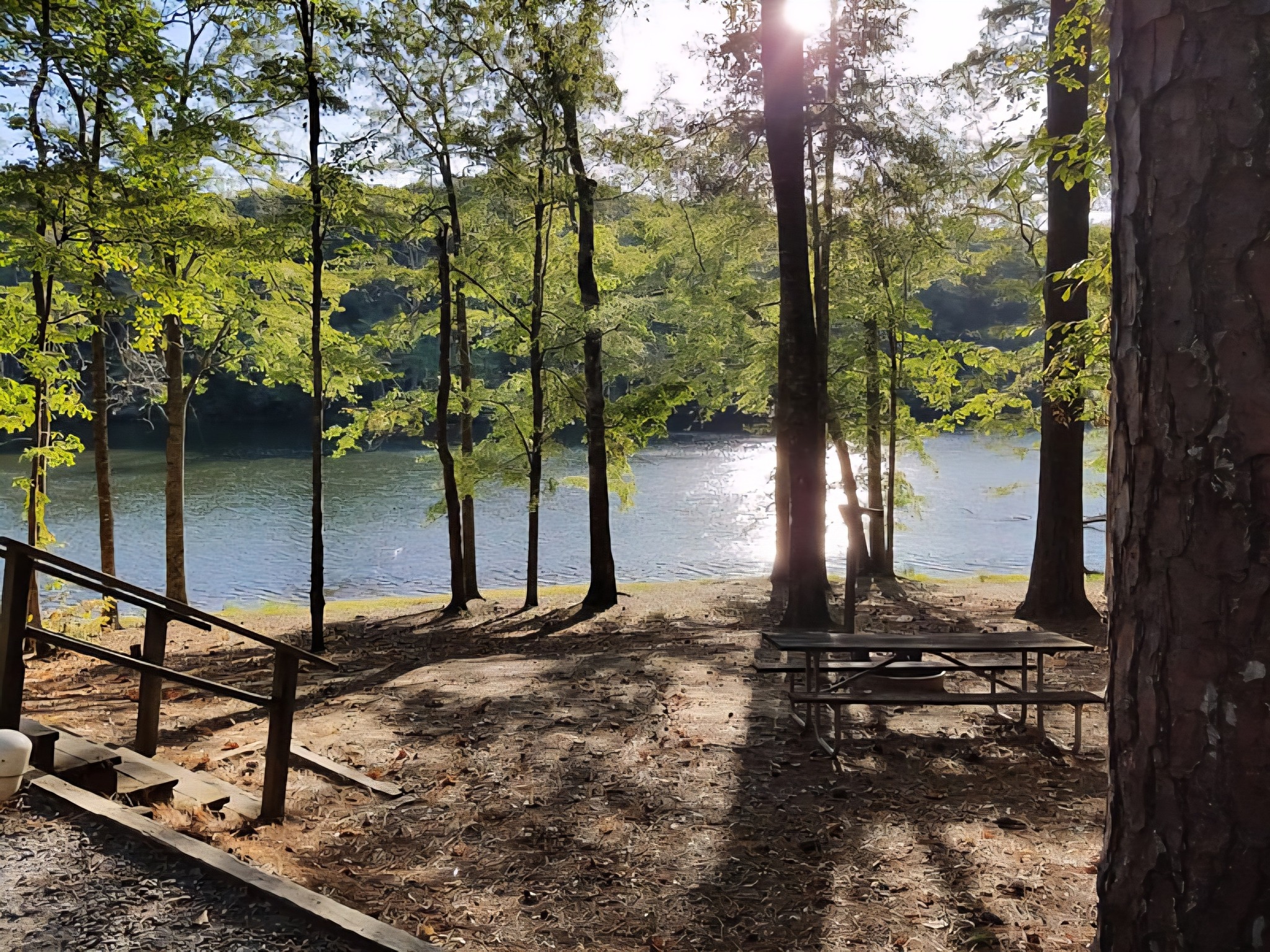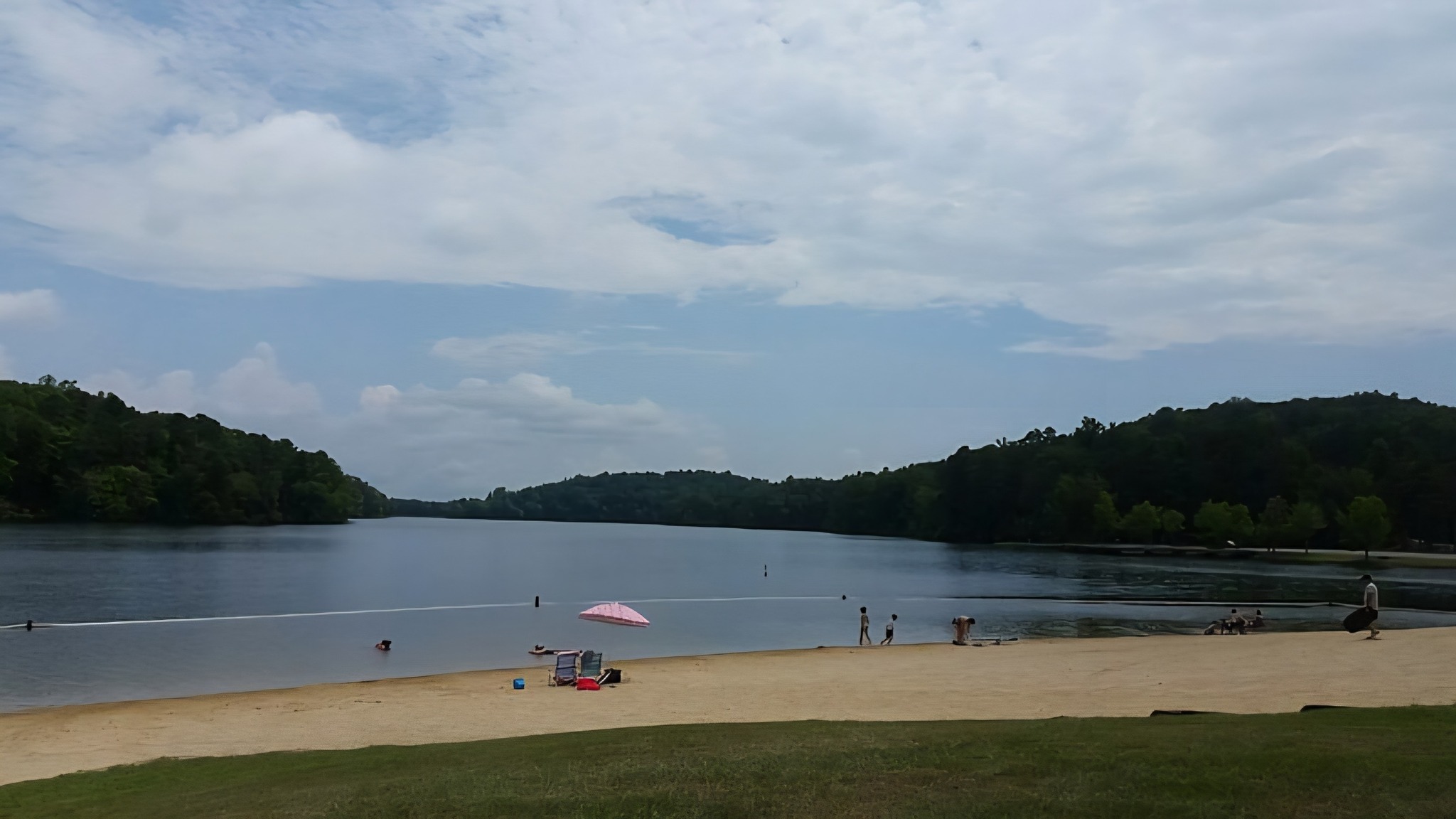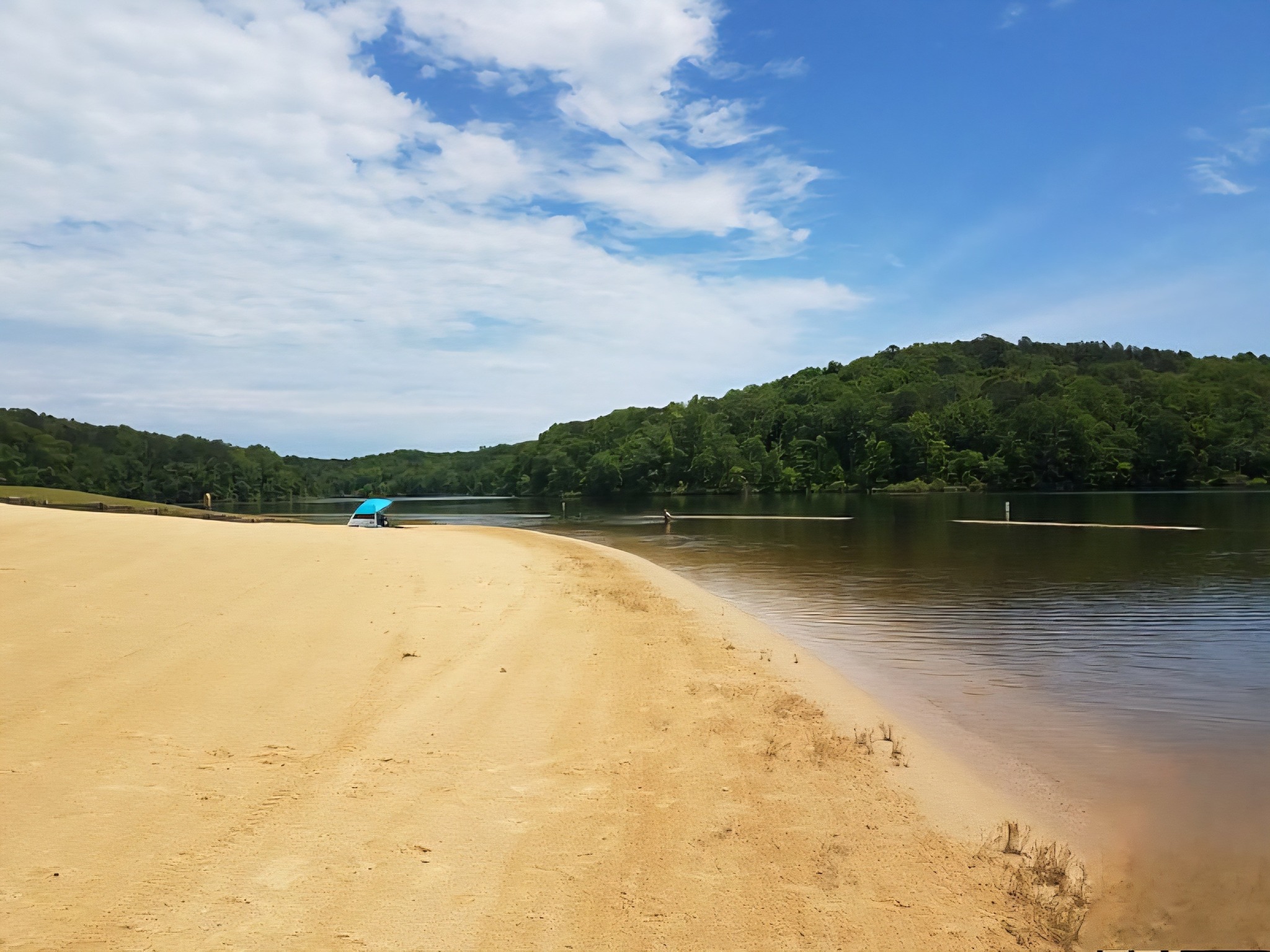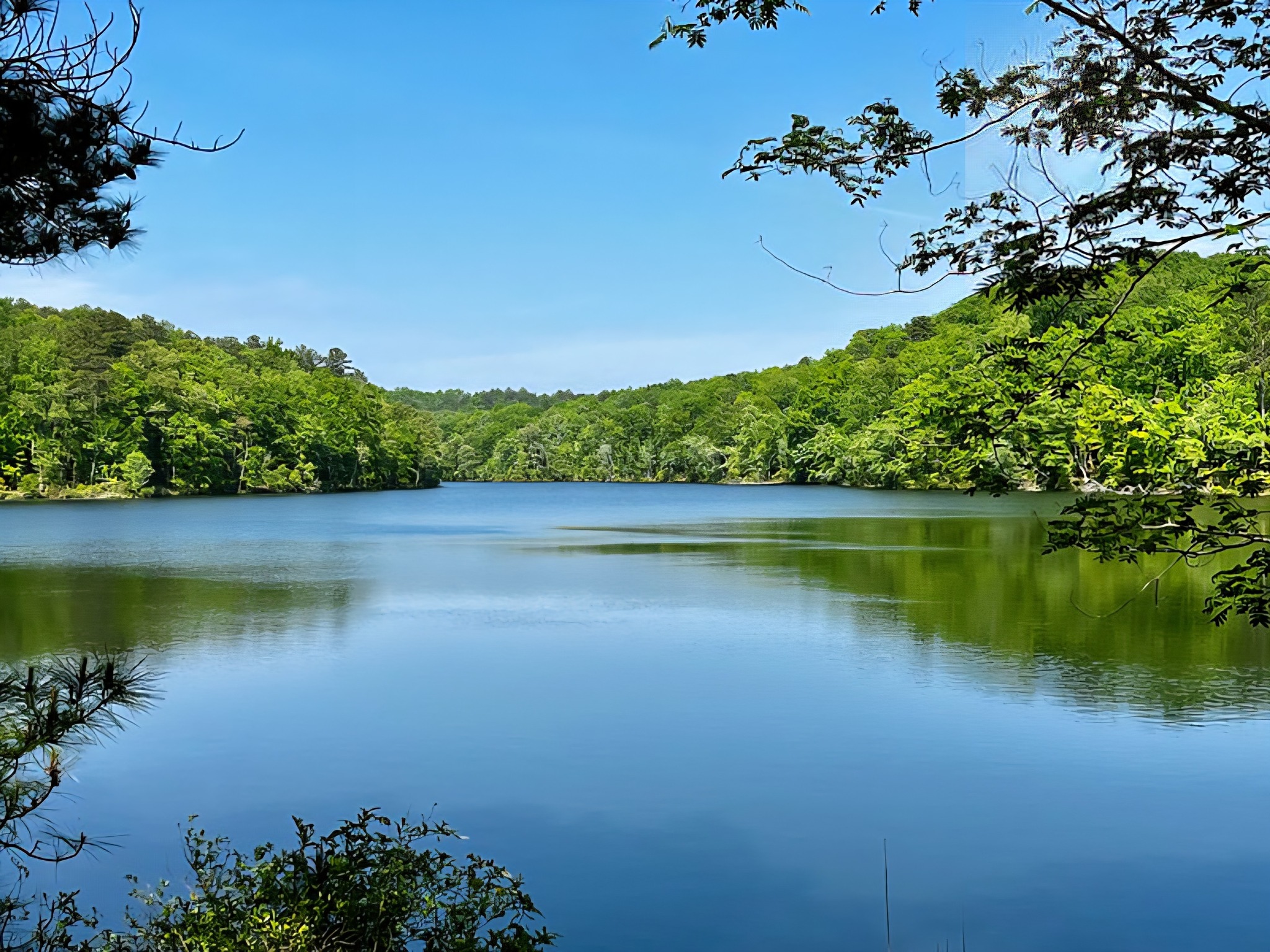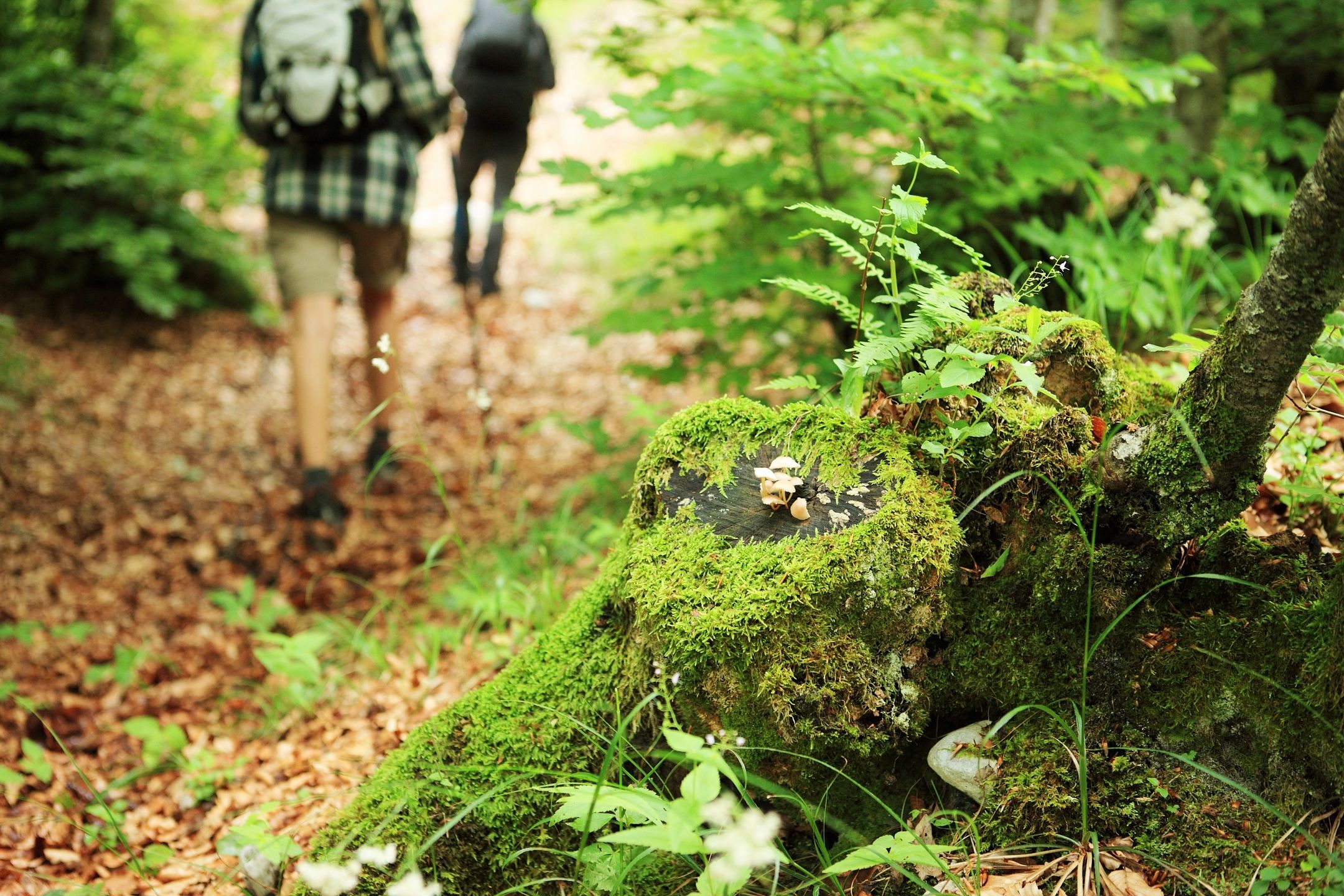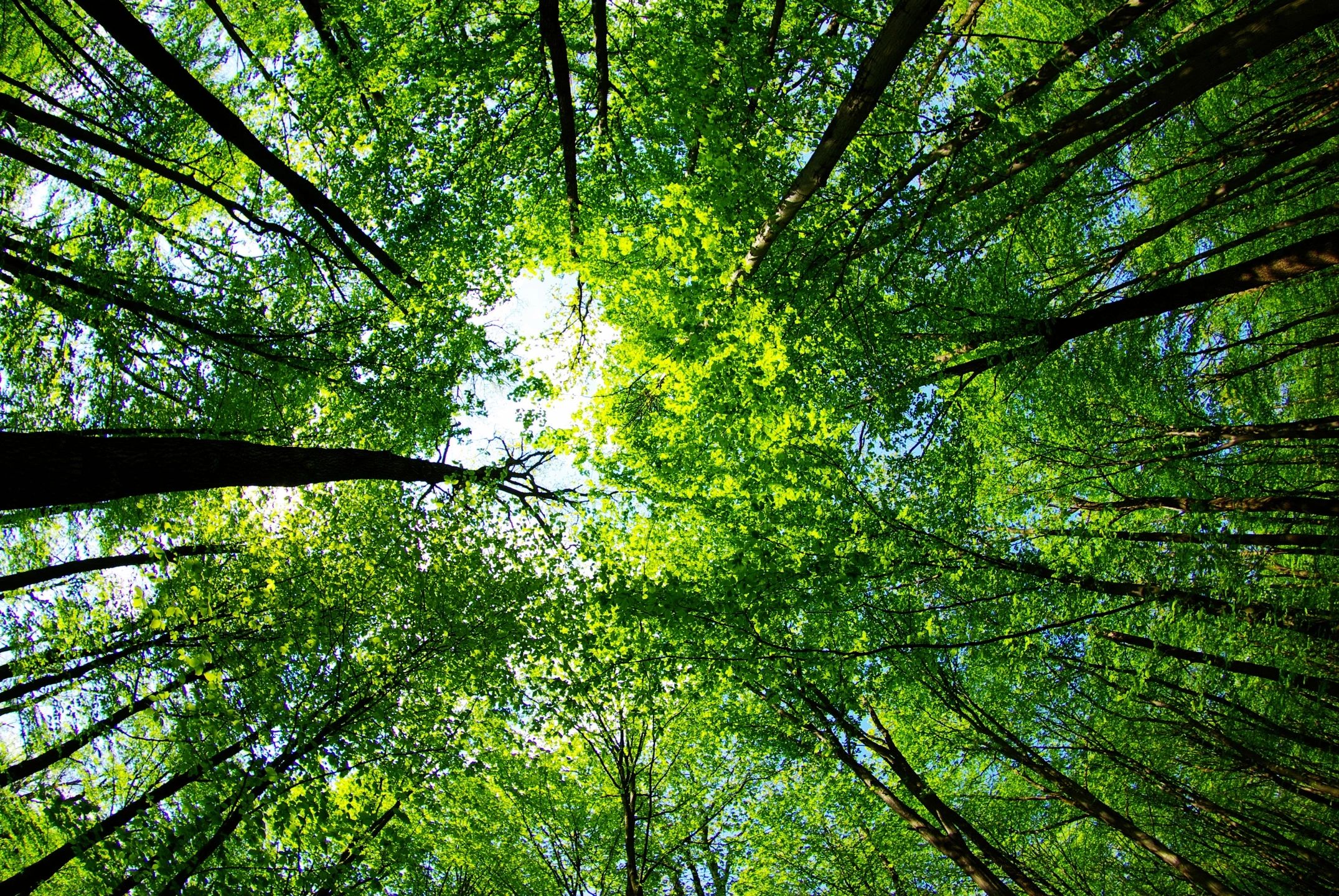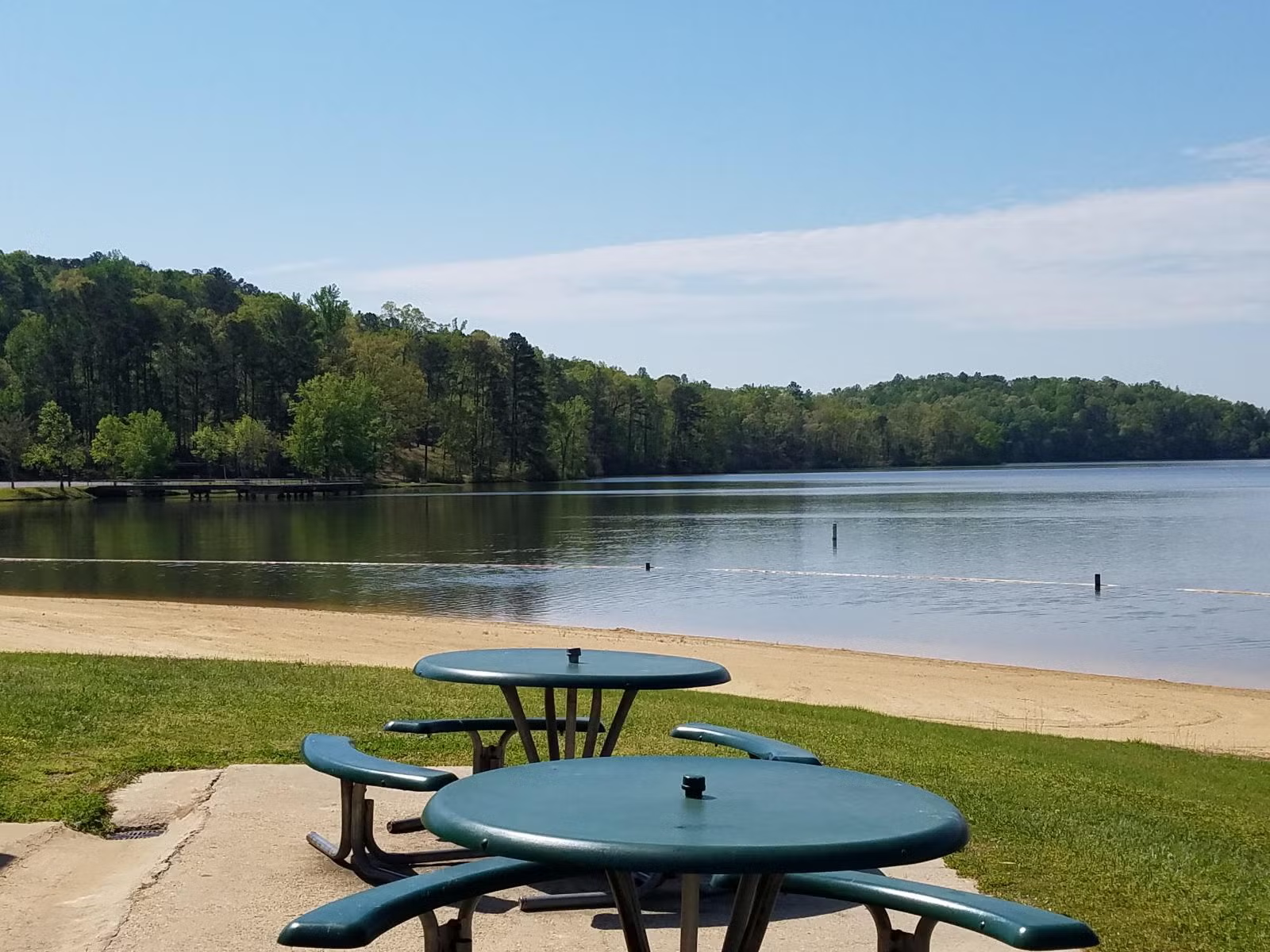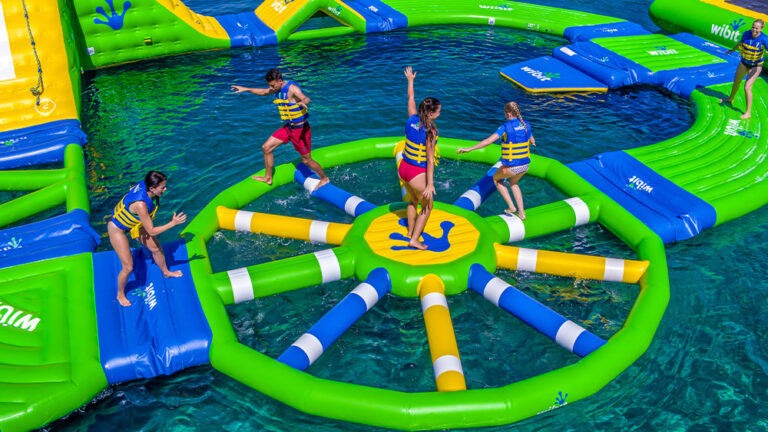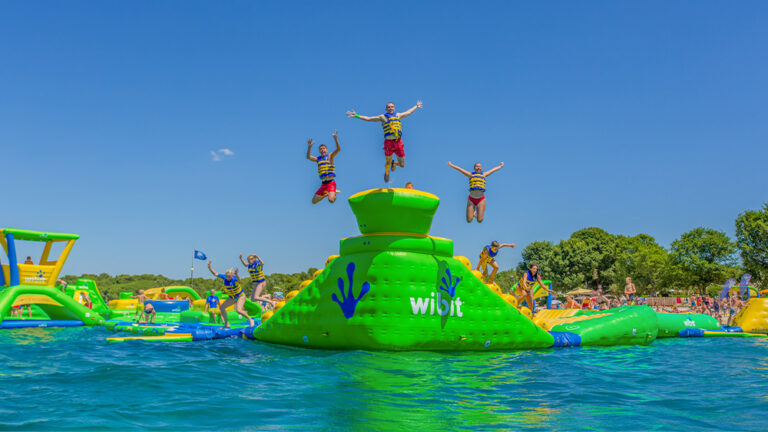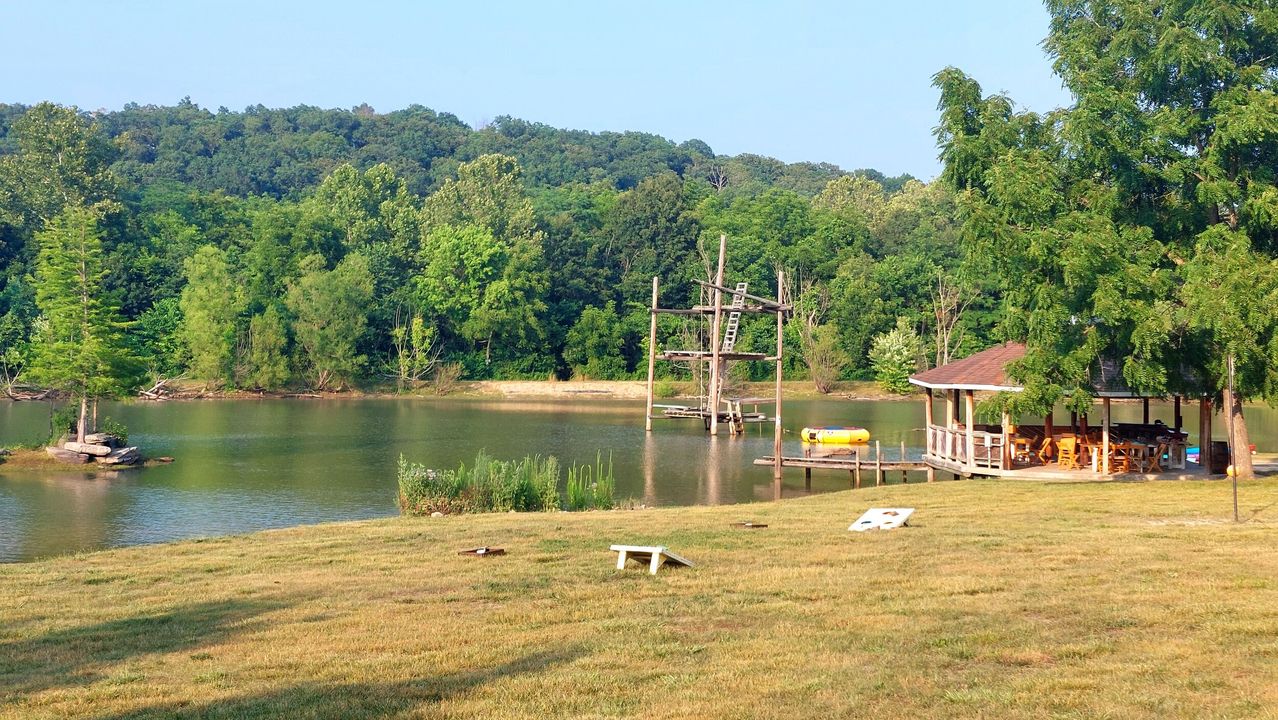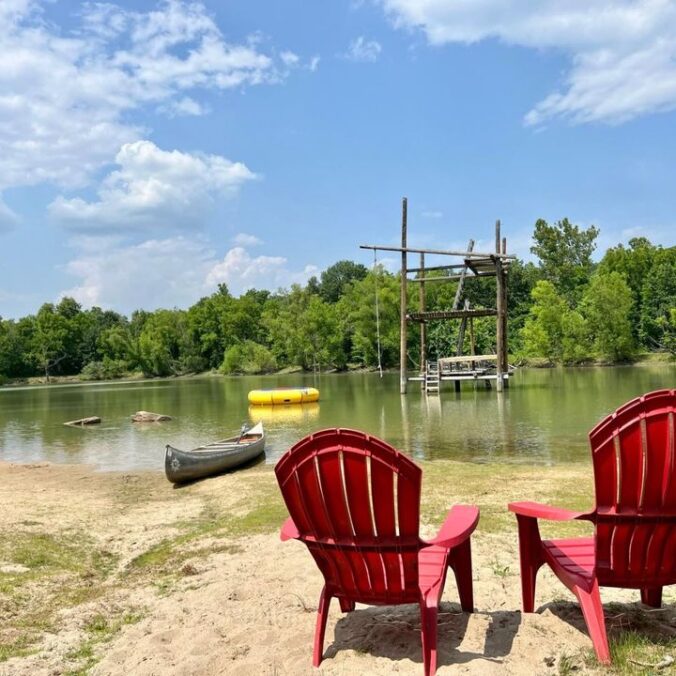Nestled in the heart of Missouri’s Lake of the Ozarks region, Ha Ha Tonka State Park offers a captivating blend of natural wonders and historical intrigue. Among its many alluring trails, the Spring Trail stands out as a must-experience journey, guiding visitors through a landscape sculpted by time and water. Located at 1491 State Route D, Camdenton, MO 65020, Ha Ha Tonka is easily accessible and promises an unforgettable adventure. For more information, click here.
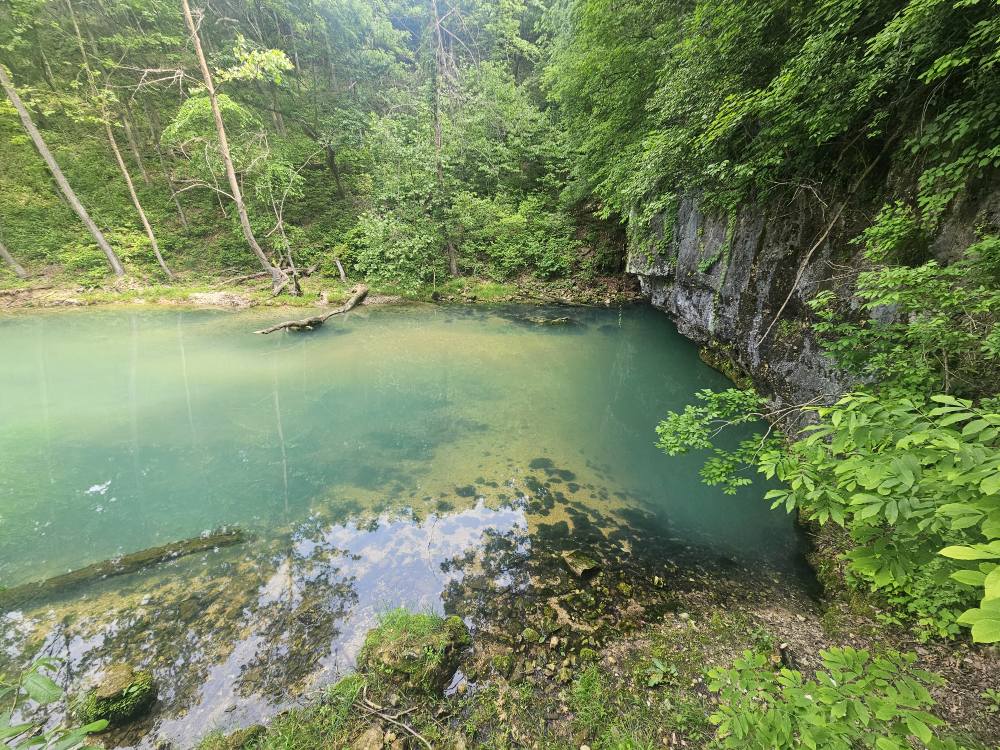
The Spring Trail, a 1.4-mile loop, is rated as moderate in difficulty, though it offers diverse terrain to accommodate various fitness levels. The first 0.4 miles of the trail are paved and accessible, making it suitable for visitors with physical limitations. This initial segment provides a gentle introduction, winding along the serene shoreline of the Lake of the Ozarks and offering glimpses of the park’s namesake: the stunning Ha Ha Tonka Spring.
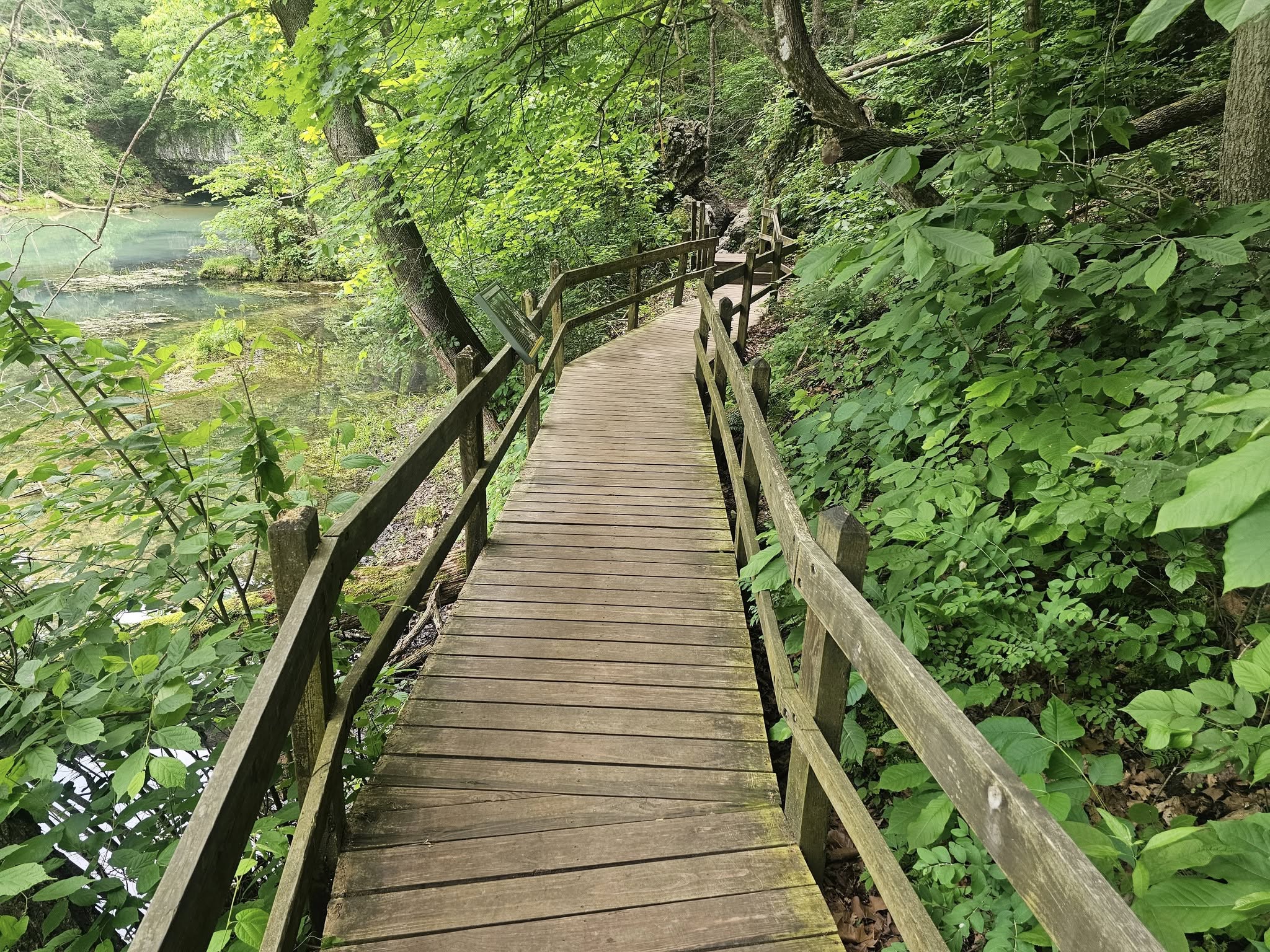
This magnificent spring is Missouri’s 12th largest, discharging an impressive 48 million gallons of crystal-clear, often bluish water daily into the Lake of the Ozarks. The name “Ha Ha Tonka” itself, derived from the Osage Indian language, fittingly translates to “laughing water,” a testament to the vibrant flow of this natural wonder. As you follow the initial paved section, you’ll witness the spring’s powerful emergence from beneath towering bluffs, creating a breathtaking tableau.

For those seeking a more vigorous challenge and an even deeper immersion into the park’s unique geology, the Spring Trail truly comes alive beyond the accessible portion. Here, the path ascends a dramatic series of 316 wooden steps, climbing approximately 200 vertical feet. This strenuous but incredibly rewarding section offers unparalleled views of the spring chasm and the surrounding rugged landscape, showcasing the karst topography for which Ha Ha Tonka is renowned.

Beyond the steps, the trail transitions to a more natural surface, winding through woodlands and providing connections to other popular trails within the park, such as the Dell Rim Trail which leads to the iconic castle ruins. Along the Spring Trail, hikers can observe the rich biodiversity of the Ozarks, from ancient trees to various plant species that thrive in this unique environment. Keep an eye out for interpretive signs that explain the geological processes that formed the park’s caves, sinkholes, and natural bridges – all hallmarks of a karst landscape.
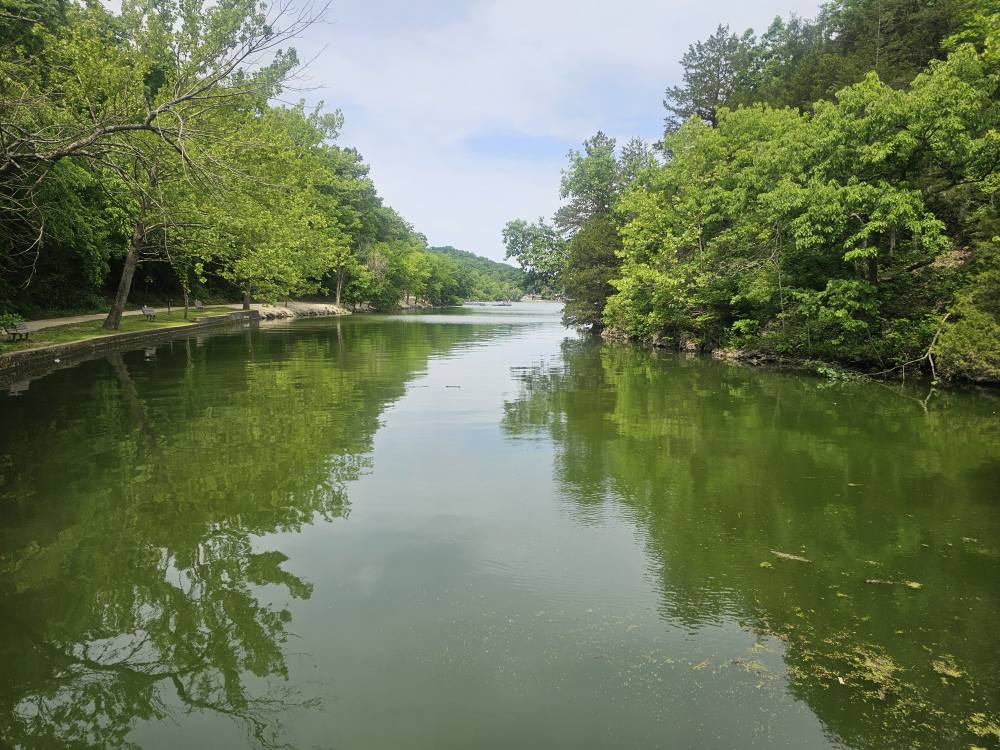
Whether you choose a leisurely stroll along the paved section or embark on the full challenging loop, the Spring Trail at Ha Ha Tonka State Park promises an enriching experience. It’s a journey that combines the tranquility of a natural spring with the awe-inspiring power of geological formations, leaving visitors with lasting memories of Missouri’s remarkable outdoor heritage. Remember to wear sturdy shoes, bring water, and be prepared to be captivated by the “laughing waters” of Ha Ha Tonka.
Looking for a great place to stay while visiting the park? Check out this gorgeous lakeside vacation home! Available on Airbnb by clicking
here.
